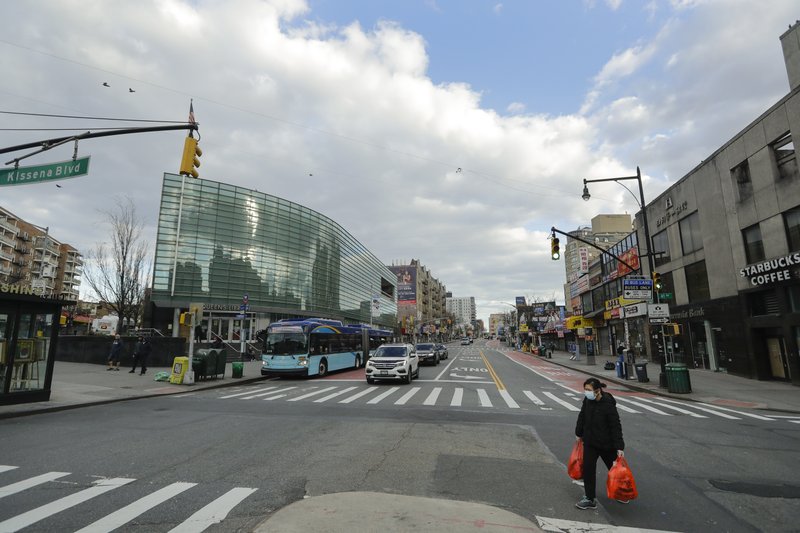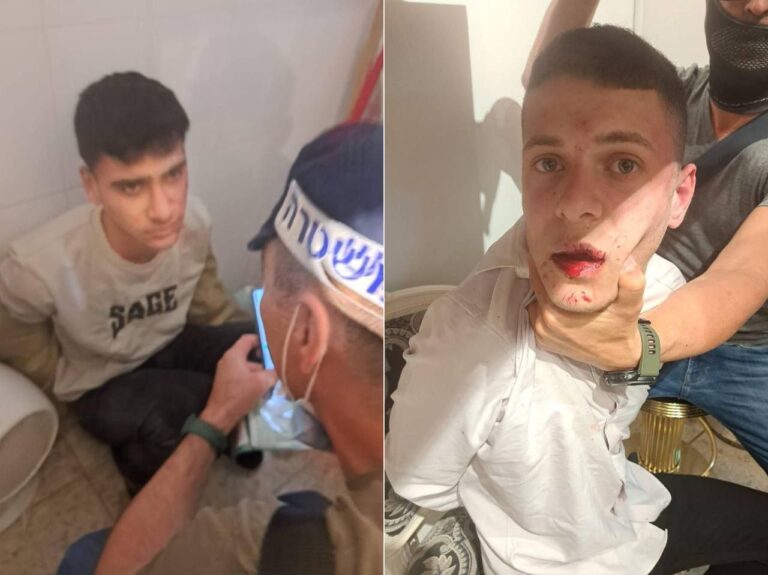The coronavirus pandemic has touched every part of New York City, but new data shows it is hitting especially hard in neighborhoods that tend to be poorer and might be more likely to have many people living under one roof.
Here are the latest coronavirus developments in New York:
——
NUMBERS SHOW DISPARATE IMPACT
Data released late Wednesday by city health officials shows that residents in the immigrant-rich Jackson Heights, Elmhurst and Corona sections of Queens have tested positive for the virus in far greater numbers and at higher rates per capita than in wealthy, mostly white parts of Manhattan and Brooklyn.
People living in one Queens zip code just south of LaGuardia Airport were roughly four times as likely to have tested positive as people in the gentrified section of Brooklyn that Mayor Bill de Blasio calls home.
The numbers back something that has, for days, seemed obvious at Elmhurst Hospital, the only major medical center serving that part of Queens where infections are most prevalent.
Long lines of people waiting for testing and treatment outside the hospital have been one of the defining images of the pandemic, as have stories of multiple deaths in Elmhurst’s overburdened wards.
Asked about the disparities, Dr. Mitchell Katz, chief executive of the city-run hospital system, said crowded housing could be playing a role.
“We know that in Queens, many families, because of poverty, live together in very close quarters. So that while we are practicing as a city social distancing, you may have multiple families living together in a very small apartment. And so it’s easy to understand why there’s a lot of transmission of COVID occurring,” he said.
A disproportionately high number of people have also tested positive for COVID-19 in certain Brooklyn neighborhoods that are home to many Orthodox Jews, who, for reasons of faith and tradition, also often have large families under one roof.
Certain sections of the Bronx have also had a disproportionately high number of positive tests for the virus.
Katz said people getting sick in western Queens face a second problem, which is that it has half the hospital beds per capita than Manhattan.
The city’s public hospital system has been trying to ease the burden on Elmhurst Hospital by moving some patients out and moving additional staff in. It also increased its number of intensive care unit beds from 29 to 111 in 10 days.
DEATHS CONTINUE TO SKYROCKET
New York state recorded 2,373 deaths from the virus by Thursday, with most of them in New York City.
More than 92,000 state residents have tested positive for COVID-19. The true number of people sickened by the virus is likely much higher because officials have been rationing tests and encouraging all but the most seriously ill people not to seek treatment and instead ride it out at home.
Deaths and hospitalizations in New York continue to increase at an alarming pace as the outbreak moves closer to its projected peak this month. There were 432 deaths reported in the last 24 hours.
There were 13,383 people hospitalized statewide, with 3,396 in intensive care.
Most people who get the virus experience mild or moderate symptoms, including fever and cough. Others, though, develop pneumonia, sometimes requiring hospitalization. The risk of death is greater for older adults and people with other health problems.
___
VETERINARIANS ANSWERING THE CALL
Veterinarians in New York City are answering the call to give up their ventilators to help fight the coronavirus in humans.
With city hospitals facing a ventilator shortage as coronavirus cases multiply, De Blasio on Tuesday urged vets, plastic surgeons and others who might have the potentially life-saving equipment to lend it for the duration of the crisis.
The New York Post reports the request is forcing some vets to prioritize human life over the animals they care for.
“There’s usually a distinct line between veterinary medicine and human medicine and there’s no crossover,” Brett Levitzke, the chief medical officer at Veterinary Emergency & Referral Group, told the newspaper. “That’s what makes the time we’re in so unprecedented.”
A representative for Blue Pearl Veterinary Partners, which operates animal hospitals in Manhattan and Brooklyn, said the organization donated seven ventilators to New York-Presbyterian Hospital.
But Levitzke’s practice has only one ventilator and the decision to give it up is not one he makes lightly. Still, he said, “it’s just the right thing to do.”
(AP)






